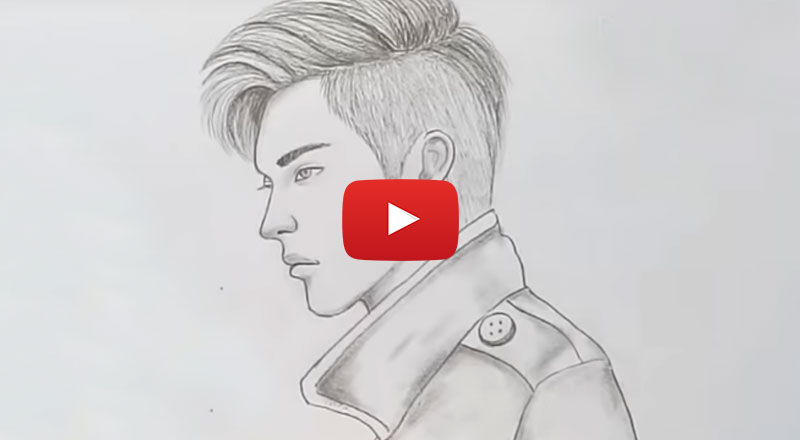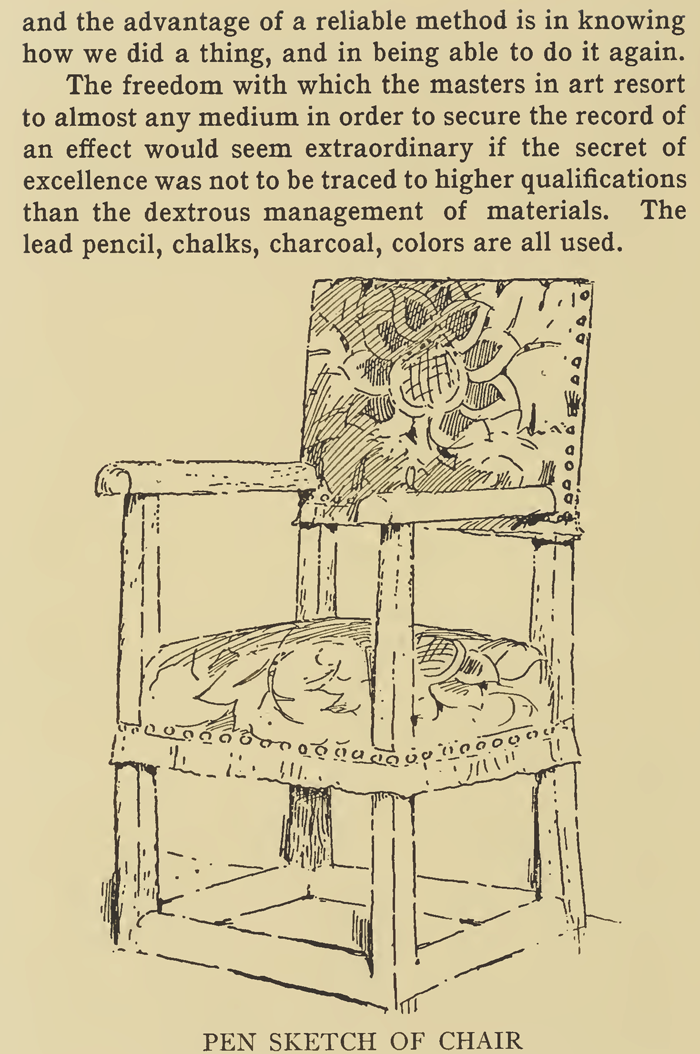

Warnick suggests overlooks or platforms at marshes as a starter location, as wetlands attract a variety of birds, many of which are conspicuous and pose for long bouts of time. Drawing: Alex Warnick Find a Great Sketching Spot

Warnick observed this single nesting Brown Thrasher over several months while she was an artist in residence at the Muscatatuck National Wildlife Refuge in Indiana. Those more adventurous, though, may find inspiration in the stark white canvas of the landscape. Meanwhile, spring has its own joys: getting back outdoors after a long winter as birds defend their territories and flash their best selves. “Many birds come to feeders when their natural food sources are less abundant,” Warnick says. And the colder months can mean sketching from the comfort of home. Fall migration brings waterfowl like Snow Geese and larger species like Sandhill Cranes, which are simple models for illustrations. Plus, there’s the option to observe young. Over the summer, birds are easy to track while they stick to their homes. Warnick sketches year-round because each season offers different approaches to finding subjects. Consider Your TimingĪny month is great for drawing.
#How to sketch how to#
These points can be difficult to infer from a photograph.” Here are her tried-and-tested tips on how to bring your field experiences to pad and paper.

“When I’m field sketching I pay close attention to the bird’s scale within its environment, and how it interacts with its surroundings.

While she also relies on reference images for her artwork, Warnick’s time in nature helps inspire her most distinct details. This rings true across species, from the unforgettable Hispaniolan Trogon, the national bird of Haiti, to the feisty Scissor-tailed Flycatcher, a common sight in Oklahoma and Texas. “It’s the best way to learn birds because you have to stop and process what you're seeing. Her latest pursuit is a commissioned field guide to the endemic birds of Hispaniola, to be published in November of 2017.įor Warnick, sketching doesn’t just make you a better artist it also makes you a better observer of the natural world. The Indiana -based artist (who was born in the same town as Roger Tory Peterson) melds vintage styles drawn from Mark Catesby and Jacques Barraband with modern precision, crafting each project around hours of sketching outdoors. She began drawing birds in elementary school and studied landscape painting in college, but she only recently turned art into a full-blown career. Three years after going pro, Warnick already has a strong following and steady string of customers. Scientific illustrator Alex Warnick can relate. If you’ve never tried your hand at drawing a live bird before, it’s tough to know where to begin. Instead of choosing the usual view through your binoculars or scope, however, perhaps it’s time to settle into a chair for some field sketching. They stay active later in the day and tend to circle back to their small nesting patches, delighting birders with frequent sightings. These creeping summer days are an invitation to observe birds at a slower pace.


 0 kommentar(er)
0 kommentar(er)
